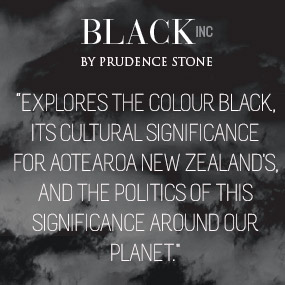New Zealand Wool Used to Redefine Surfboards
New Zealand wool will replace fibreglass in revolutionary new surfboards that will hit the Australian market next year, under the Firewire Surfboards brand ‘Woolight’.
The redefined art of making surfboards with the use of wool over fibreglass from start to finish came from New Zealand surfboard manufacturer, Paul Barron.
Barron, from Tauranga, had the idea for his wool surfboards after he spilled resin on his woollen jersey. His company, Barron Surfboards, then developed the technology with the New Zealand Merino Company.
“I had a jersey on, spilled some resin on it, and suddenly, light bulb moment, try wool, Barron said. “At first it didn’t work, but I spent two or three years perfecting it, and the rest is history.
“I wanted to make a New Zealand surfboard from start to finish.”
He said wool works because all surfboards need fibre for tensile strength, and a binding agent such as epoxy resin for hardness.
But why use fibreglass for strength, when there is plenty of fibre growing on the backs of New Zealand’s 27 million sheep, thought Barron.
“It’s an amazing fibre and performs just as good, if not better than fibreglass,” Barron said.
Firewire chief executive Mark Price, said his company had long sought to reduce the environmental impact of its surfboards during manufacture.
Price said the performance characteristics meet or exceed fibreglass.
“The weight of the board is comparable, the flex characteristics are comparable, the strength to weight ratio is comparable,” Price said.
“But for me, when I paddle out and ride the waves with this natural fibre under my feet, I just feel a bit special and a bit more connected back to the natural world.”
According to Fast Company, the wool sheared off a sheep is up to 7.5cm thick, with fibres flaring out in all directions. Barron developed a vacuum-pressure technique that converts this bulky material into a thin wool-and-bioresin composite, with a compression strength that rivals that of fibreglass and polyurethane. According to Firewire’s Price, the process reduces CO2 emissions by 40 per cent and VOC emissions by half, compared with traditional construction. And because wool bends easily, the Woolight is more flexible, which reduces vibrations when catching waves, Barron said.
Original article by Kristen Frost, Guardian News, December 29, 2018.















